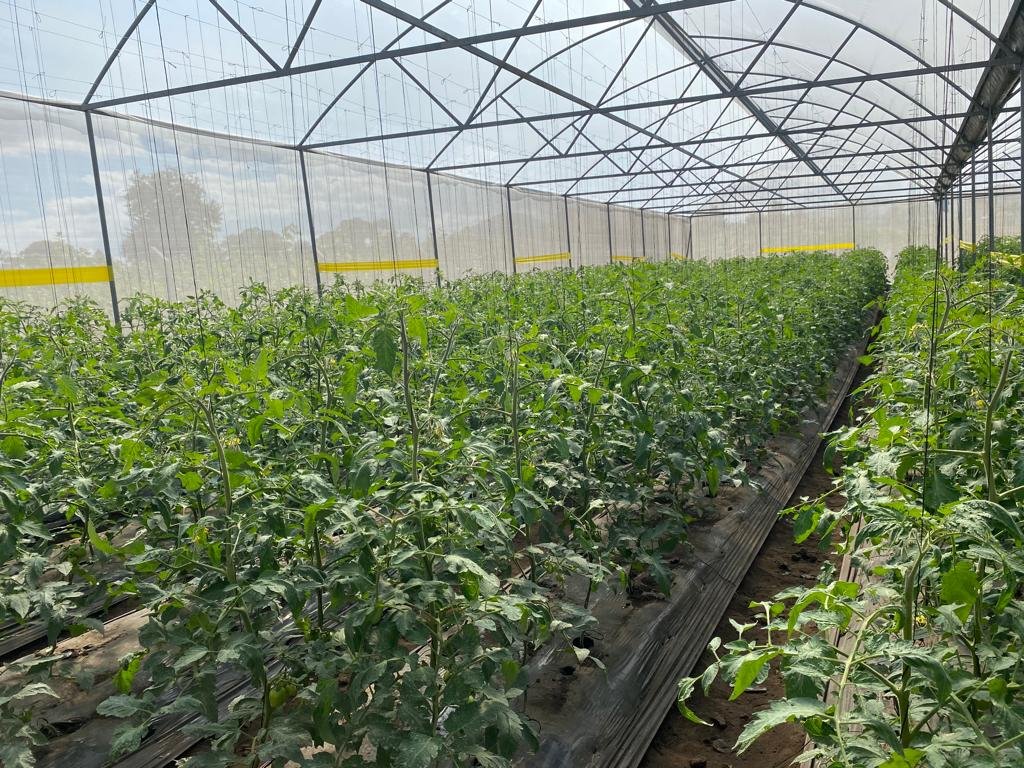The usage of fertilisers in Tanzania is extremely low and remains below recommended rates, and low-input and rain-fed subsistence farming dominates Tanzania’s agriculture, contributing to poor crop yields, according to a 2016 AGRA report.
The Russia-Ukraine war, now in its second year, has further disrupted fertiliser supply to Tanzania, which imports over 70 percent of its fertiliser. TFRA has introduced digital platform for providing fertilisers to farmers in Tanzania, including Urea and DAP that account for almost of 50 percent of total fertiliser usage in Tanzania. Under the fertiliser subsidy programme, there was to be an increase usage of fertiliser in the 2022/23 agricultural season to 500,000 tonnes, from 475,000 tonnes used by farmers in the 2020/21 farming season.
The usage is expected to increase to 800,000 tonnes by 2025. By using digital platform, TFRA aims to increase the efficiency of delivery of subsidies, seal fraud loopholes and reduce administrative costs. The digital platform is also being used to register farmers, suppliers, producers, and agents and also coordinate distribution of fertilisers and payment for subsidised fertilisers.
Despite the government efforts to increase the usage of fertilisers, there are challenges regarding the availability of certain fertilisers. Doroth Nengai, a farmer in Meru district in Arusha Region, says she has experienced difficulties getting Urea fsince February this year. When she didn’t find the fertiliser at her local Kikatiti outlets, she extended her search to Arusha City but still failed.
Doroth, who grows vegetables such as green peppers, zucchini , cauliflower , broccoli and sweet lemon, attributes the problem to bureaucratric distribution channels.
When launching TFRA board , the Minister of Agriculture, Hussein Mohammed Bashe,

